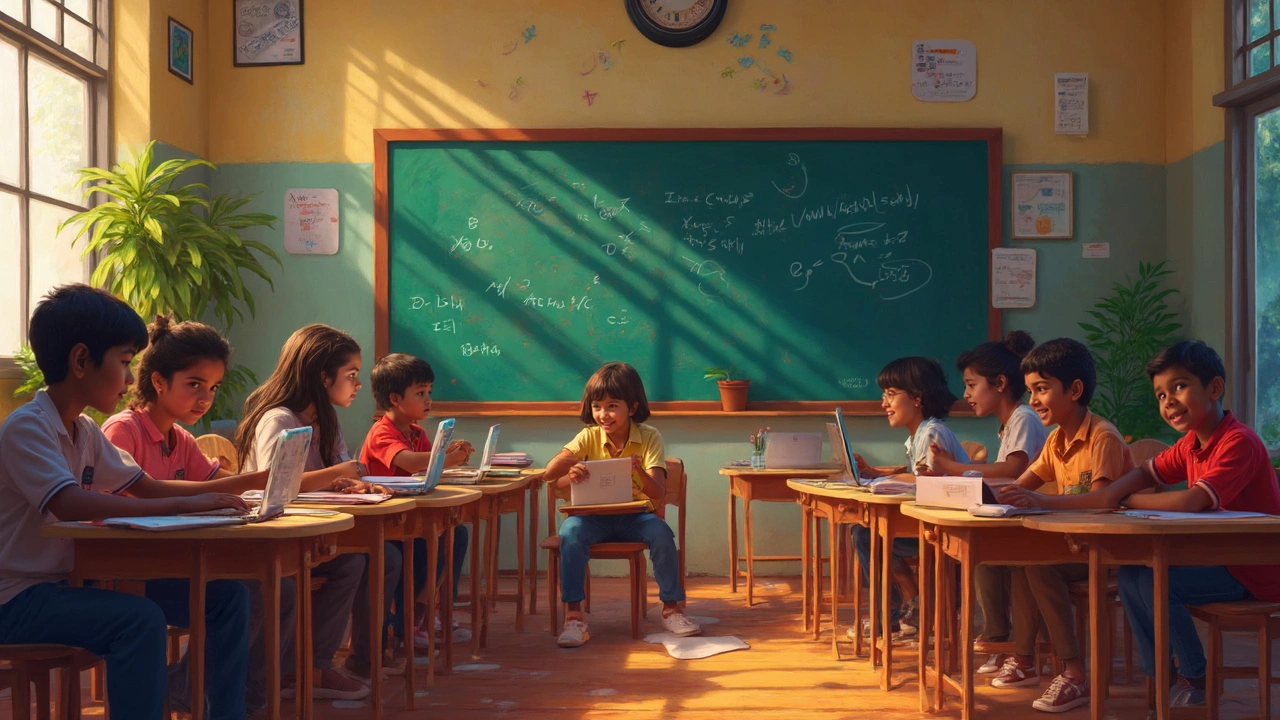Programming Difficulty: Why Coding Feels Hard and How to Beat It
If you’ve ever stared at a line of code and felt your brain melt, you’re not alone. Learning to program is a mix of new logic, unfamiliar syntax, and a habit of troubleshooting that can feel endless. The good news is that the difficulty is real, not a sign you’re doomed to fail. It’s a set of skills you can train, just like any other sport or instrument.
In this guide we’ll break down the most common reasons coding seems impossible, then give you bite‑size actions that actually work. By the end you’ll have a roadmap that turns frustration into progress.
Common Hurdles in Learning to Code
1. Abstract Thinking. Programming asks you to think in steps that a computer can follow. That’s different from everyday conversation, so the brain needs time to adjust.
2. Syntax Overload. Every language has its own punctuation rules. Missing a single semicolon can break an entire program, which feels unfair but is part of the learning curve.
3. Debugging Fatigue. Tracking down bugs feels like searching for a needle in a haystack. When you’re new, you often feel stuck because you don’t yet know the common patterns of errors.
4. Impostor Syndrome. Seeing seasoned developers solve problems in minutes can make you doubt your own ability. Remember, most of them have spent thousands of hours on the same puzzles.
5. Resource Overwhelm. There are dozens of tutorials, videos, and books. Picking the right one feels like a full‑time job.
Practical Ways to Lower the Difficulty
Start Small, Stay Consistent. Write a few lines of code every day instead of marathon sessions. Consistency builds muscle memory faster than occasional deep dives.
Pick One Language and Stick With It. Jumping between Python, Java, and JavaScript spreads your focus thin. Choose a language that matches your goal—Python for data work, JavaScript for web, etc.—and master its basics first.
Use Interactive Platforms. Websites that give instant feedback (like coding sandboxes) keep you from getting stuck for too long. Seeing an error right away helps you understand the rule it broke.
Read Code, Not Just Docs. Open‑source projects are free examples of real‑world code. Skim through them to see how functions are named, how errors are handled, and how files are organized.
Debug with a Checklist. When a bug appears, ask: Is the variable named correctly? Is the loop condition right? Is the data type what I expect? A short checklist saves endless guessing.
Join a Community. Talking to other learners—whether on forums or study groups—gives you fresh perspectives and moral support. Even reading posts like “Do Coders Make a Lot of Money?” can motivate you by showing where the skills can lead.
Celebrate Micro‑Wins. Finished a function without errors? Write it down. Solved a logic puzzle? Share it with a friend. Small celebrations keep the momentum going.
Remember, programming difficulty is not a permanent wall; it’s a series of stepping stones. By recognizing the common pain points and applying focused tactics, you can turn those obstacles into milestones.
Ready to give it a try? Pick a simple project—like a calculator or a to‑do list—apply the tips above, and watch the “hard” parts shrink with each line you write.
Jun
4

- by Dhruv Ainsley
- 0 Comments
Coding or Math: Which Is Harder and Why?
Wondering whether coding or math is more difficult? This article takes a close look at the skills each one demands, how they can overlap, and where the real roadblocks lie. You’ll find out why some people breeze through coding while math makes their head spin, and vice versa. With real-world tips for students, you'll get clarity on what makes each challenging—and how to get better at both. By the end, you’ll know what to expect and how to tackle either subject with confidence.